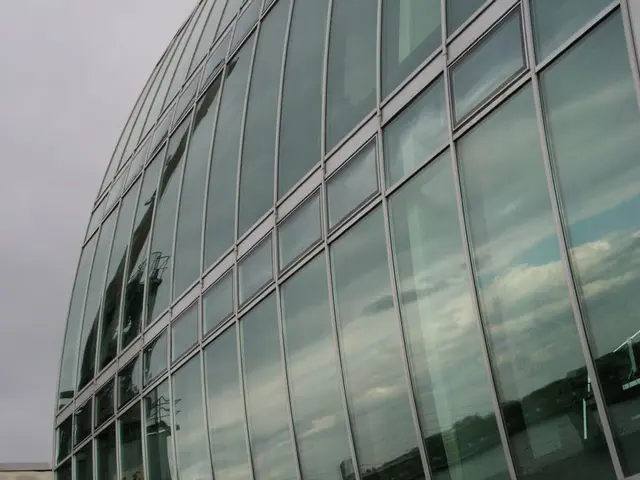Overlapping one div on top of another using CSS techniques
Welcome to a tutorial that will guide you through creating an overlay effect using CSS. This tutorial is categorized under CSS-Misc and is perfect for those who are just starting to learn CSS from the ground up.
To create an overlay effect, you'll use the properties and to stack one element on top of another at the same place.
First, set the container element (like a div) to have so that child elements can be positioned relative to it. This establishes a positioning context for the overlay.
Next, set the overlay element inside the container with and specify , , , and as needed to stretch or position it over the base element.
Use the property to control which element appears on top. The overlay div should have a higher z-index value than the base content to appear above it. Optionally, use background colors with opacity or semi-transparent overlays to see content beneath.
Here's an example of how you can implement this:
```css .container { position: relative; / establish positioning context / width: 500px; height: 250px; }
.base { background-color: green; height: 100%; color: white; font-size: 40px; font-weight: bold; display: flex; justify-content: center; align-items: center; }
.overlay { position: absolute; / position relative to .container / top: 0; left: 0; width: 100%; height: 100%; background-color: rgba(0, 0, 0, 0.5); / semi-transparent black overlay / color: white; z-index: 10; / higher than .base / display: flex; justify-content: center; align-items: center; font-size: 20px; visibility: hidden; / hidden initially / }
.container:hover .overlay { visibility: visible; / show overlay on hover / } ```
```html
```
In this example, the is relative, so 's absolute positioning is within the container. The covers the entire and appears on top due to . Visibility toggling can be controlled with hover or JavaScript to show the overlay when needed.
This method enables clean overlays that appear above the content using just and CSS properties.
For those interested in learning HTML, a tutorial is also available. HTML and CSS are foundations of web pages used for webpage development. HTML is used for structuring websites and web apps, while CSS is used for styling them.
Articles about CSS and HTML can be found on Technical Scripter 2018, written by Rahul Ranjan4. Additionally, CSS and HTML Examples are available for learning purposes.
[1]: URL for the CSS Tutorial [2]: URL for the HTML Tutorial [3]: URL for the article on Technical Scripter 2018 [4]: URL for the author's profile
Creating a overlay effect with CSS relies on the properties 'position' and 'z-index', where the 'z-index' value determines the stacking order of elements, with higher values placing elements above others.
To learn more about web development, you can explore HTML and CSS through our tutorials and articles on Technical Scripter 2018, showcasing the latest technology advancements in this field.




